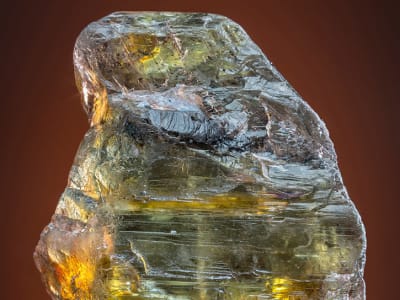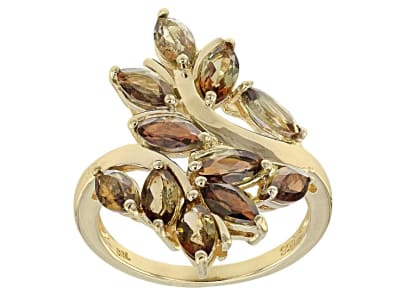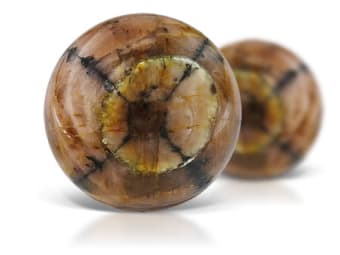Andalusite, an aluminum silicate, derives its name from the southern Spanish province of Andalusia, long believed to be the site of its original discovery. The actual locale was a different province in Spain, El Cardoso de la Sierra, but the name Andalusite endured. Andalusite's color play has been compared to alexandrite, but this is technically incorrect, as andalusite is trichroic rather than color changing. Andalusite displays different colors in different directions and features all its colors at once, whereas color change gems like alexandrite only change color when exposed to different light sources.
General Information
Tolerance:(+0.005/-0.005)
LWUV: Inert
Andalusite Colors
-
 Brown
Brown -
 Brown
Brown -
 Colorless
Colorless -
 Gray
Gray -
 Green
Green -
 Multi-color
Multi-color -
 Pink
Pink
Alternate Names
Viridine, Chiastolite
Countries of Origin
Myanmar; Papua New Guinea; Kazakhstan; Portugal; Armenia; Greece; Austria; Mongolia; Mozambique; Korea (the Republic of); Morocco; Unknown; Brazil; Iraq; Chile; Argentina; Hungary; Japan; Ukraine; Zambia; Bolivia (Plurinational State of); India; New Zealand; Canada; Turkey; Belgium; Namibia; Finland; Italy; South Africa; Antarctica; Georgia; Peru; Germany; Tanzania, United Republic Of; Macedonia (the former Yugoslav Republic of); Burundi; Russian Federation; Viet Nam; Czechia; United States of America; Egypt; Madagascar; Thailand; United Kingdom of Great Britain and Northern Ireland; Sweden; Pakistan; Malawi; Andorra; China; Ireland; Poland; Slovakia; Bulgaria; France; Kyrgyzstan; Romania; Sri Lanka; Rwanda; Uzbekistan; United Arab Emirates; Switzerland; Spain; Azerbaijan; Mauritania; Norway; Botswana; Swaziland; Mexico; Zimbabwe; Suriname; Australia; Greenland; Tajikistan; Indonesia
History
The warm appeal of andalusite makes it ideal for fall and winter months, but it is beautiful throughout every season. Andalusite is pleochroic and may flash pink against gold or a golden pinkish-brown, making it the perfect choice for carefree spring and summer fashions. Prized for its strong pleochroism, andalusite displays different colors in different directions and features all its colors at once. This intriguing stone is an excellent addition to your jewelry wardrobe and works well in any gem lover's collection.
More About Andalusite
A lesser-known gemstone, there's some evidence that andalusite was worn as an amulet in ancient cultures and used in medicinal rituals in others. Some folklore suggests that historically, it was believed that those attracted to andalusite may be fighters. However, it was thought by other cultures that, when andalusite is worn, it helps turn a fighter into a peacemaker.
Species/Variety
Chiastolite
Chiastolite is an opaque variety of andalusite that exhibits a unique cross-like pattern, an internal characteristic caused by carbonaceous inclusions. Sometimes called the "cross stone," this formation is seen in cross-sections of the crystal. Slices are often polished as amulets or for collecting, with no two exactly alike.



